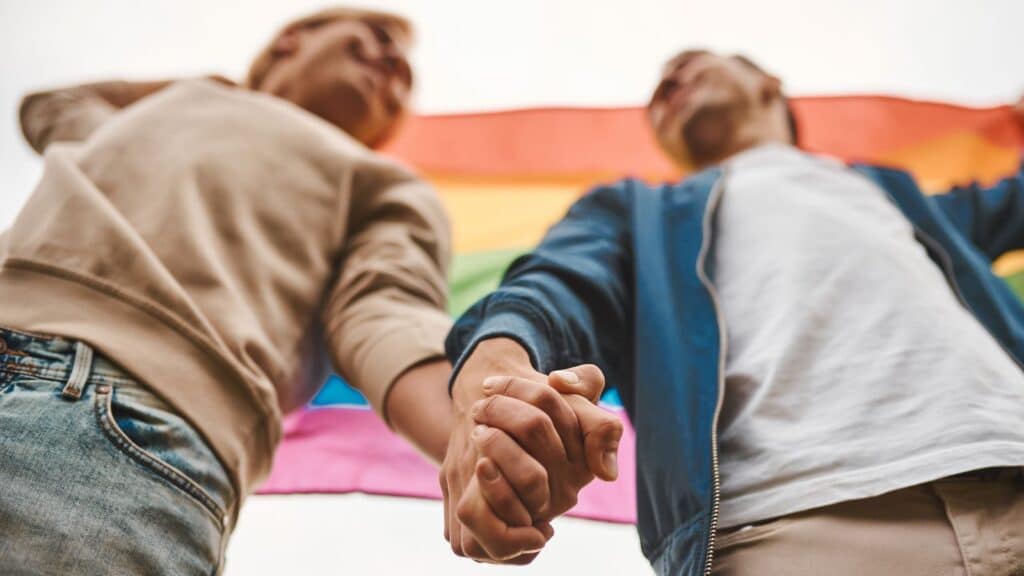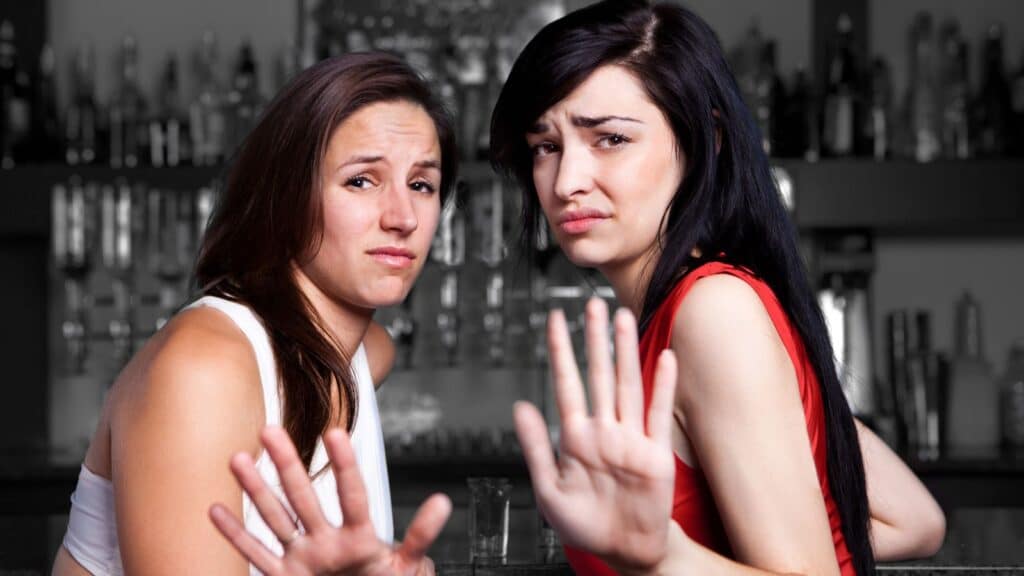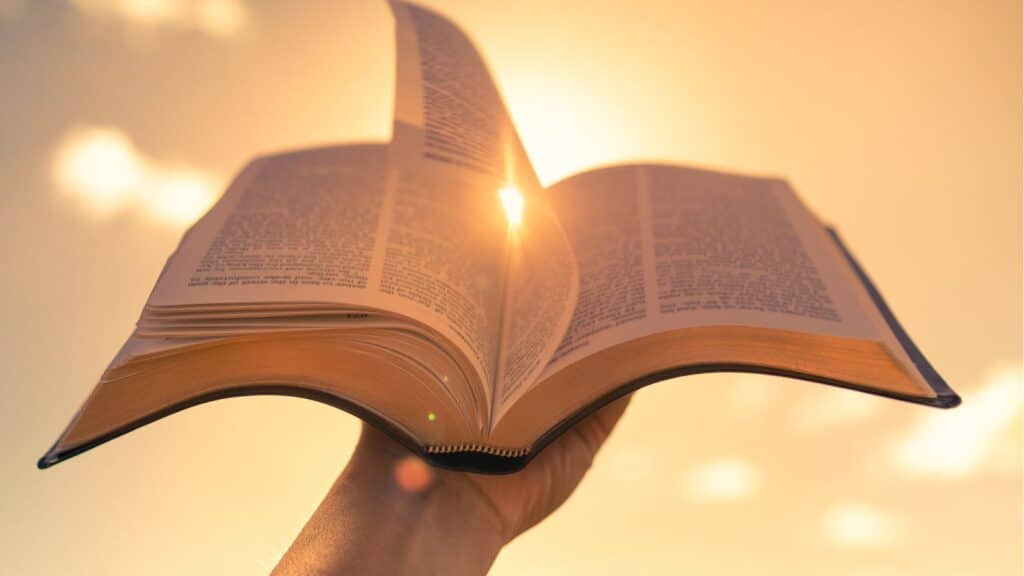America’s been flying the rainbow flag for a while now, although it’s flying a little stronger in some areas than others. Today, we’re looking at 25 states that have the biggest LGBTQ+ populations. There’s no judgment here because we’re just reporting the facts.
D.C
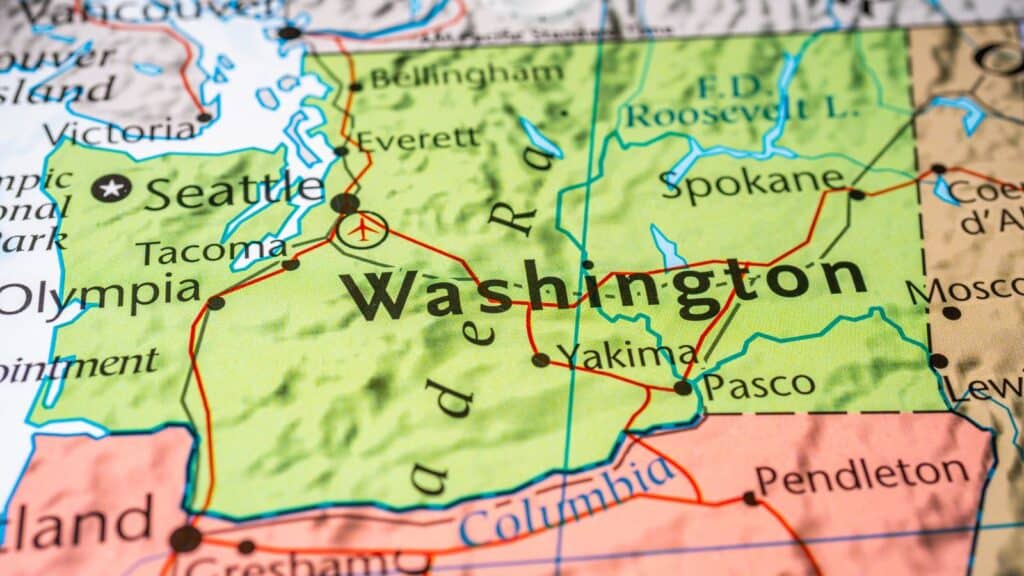
To start with, this information comes from the 2020 census. Washington, D.C., has the largest LGBTQ+ population in America, with 9.8% of people identifying this way. Here, people care about politics, but they also think diversity is important. Polls show that the majority of people support same-sex marriage.
Oregon
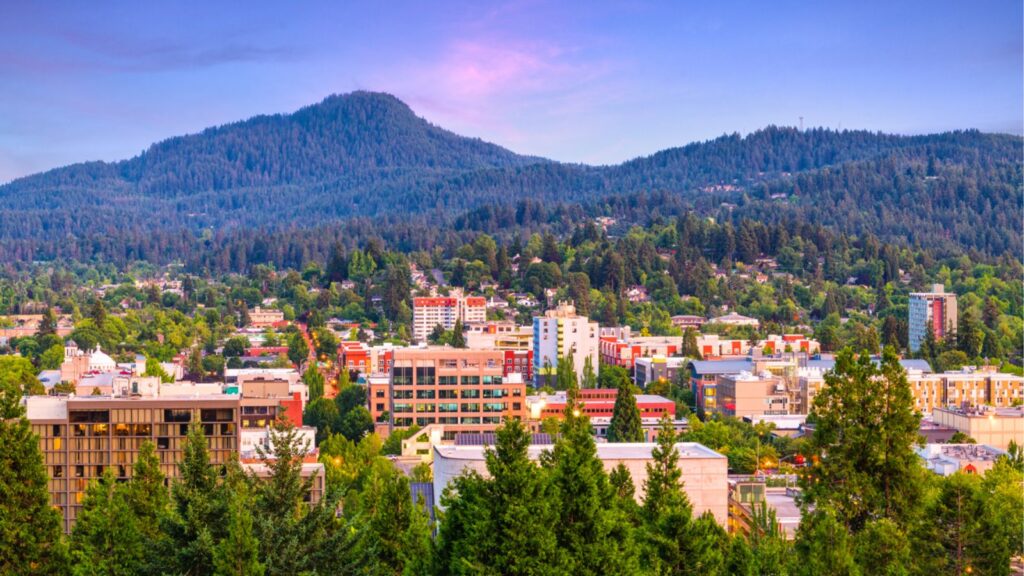
Over in Oregon, 5.6% of the population is part of the rainbow flag because it’s a place where everyone feels valued. The state’s progressive policies give LGBTQ+ people many legal protections, and Governor Kate Brown was America’s first LGBTQ+ governor. But it’s not just laws, as the annual Pride festival in Portland draws people from all over.
Nevada
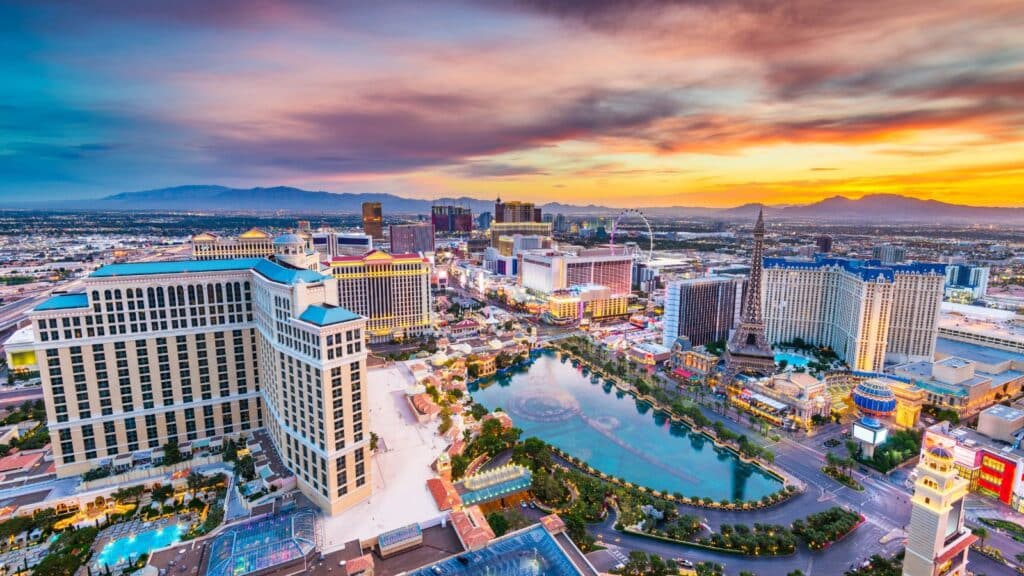
When someone says “Nevada,” what do you think of? Probably deserts and casinos, but it’s also got so much more than that. 5.1% of the state’s residents are LGBTQ+. In cities like Las Vegas and Reno, there’s a huge LGBTQ+ community that hosts events throughout the year to celebrate their lifestyle. The state also has some strong anti-discrimination laws.
Massachusetts
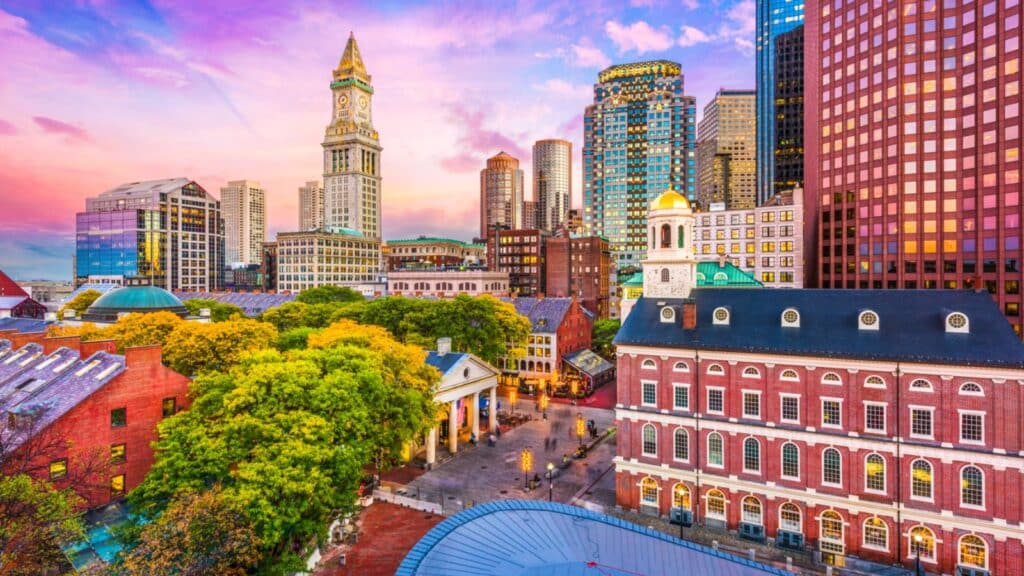
In Massachusetts, 5.4% of people are LGBTQ+, or roughly 296,000 people, which makes sense. After all, this was the first state to legalize same-sex marriage, while Boston has one of the biggest Pride celebrations in the country. There’s also a lot of support network for LGBTQ+ people in the state.
California
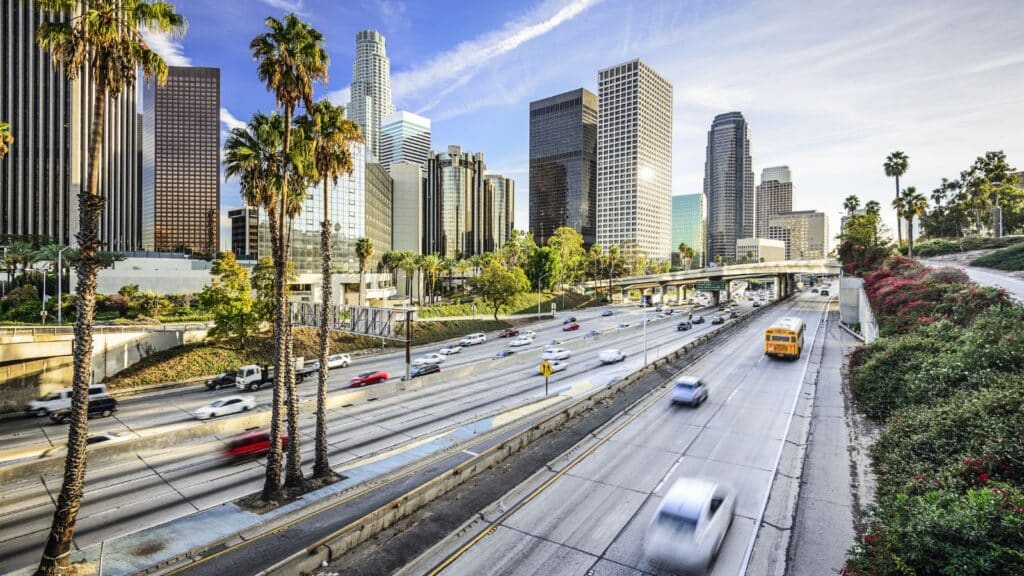
Of course, California is on this list, with 5.3% of its population identifying as LGBTQ+. The historic Stonewall riots began here in 1969, while today, the state hosts San Francisco Pride every year. It also has some of the most progressive laws in the country, making it a place where you can truly be yourself.
Vermont
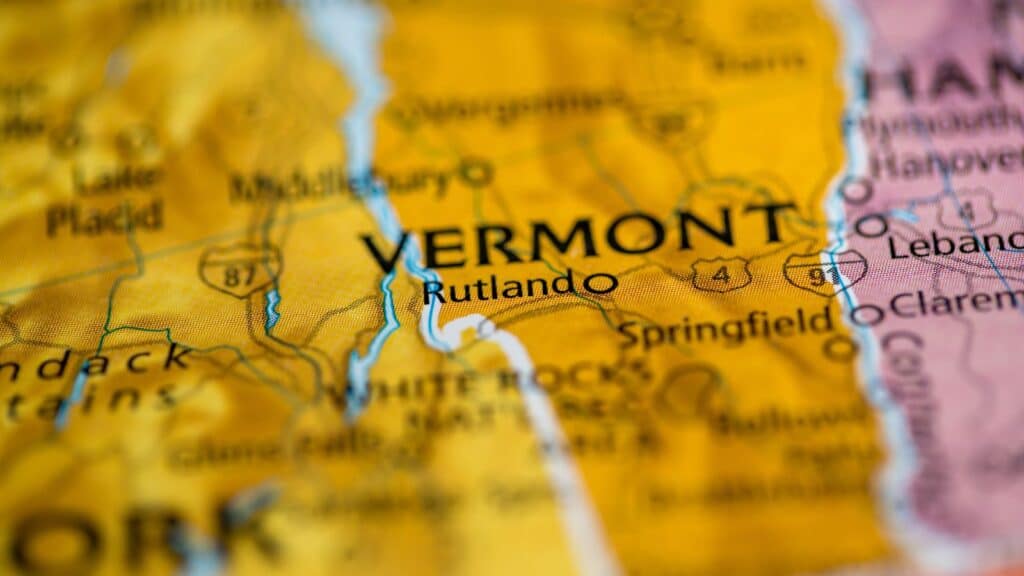
Vermont ties with Washington at 5.2%. Even though it’s a small state, it’s got a big heart for everyone and has quite a few protections for LGBTQ+ people. The Green Mountain State was one of the first states to give civil unions to same-sex couples, and it also banned conversion therapy on minors.
Washington
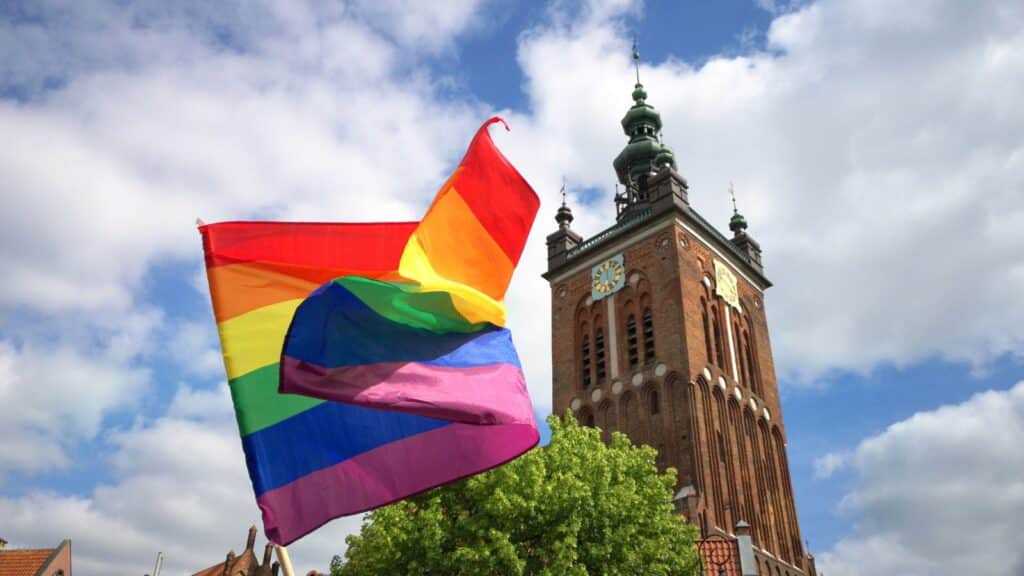
Washington is a leader in equal rights with a 5.2% LGBTQ+ population. It has long supported LGBTQ+ rights, with anti-discrimination laws and the government allowing for same-sex marriage much earlier than other states. Seattle’s Pride Parade is also a massive event that attracts 300,000 people each year.
New York
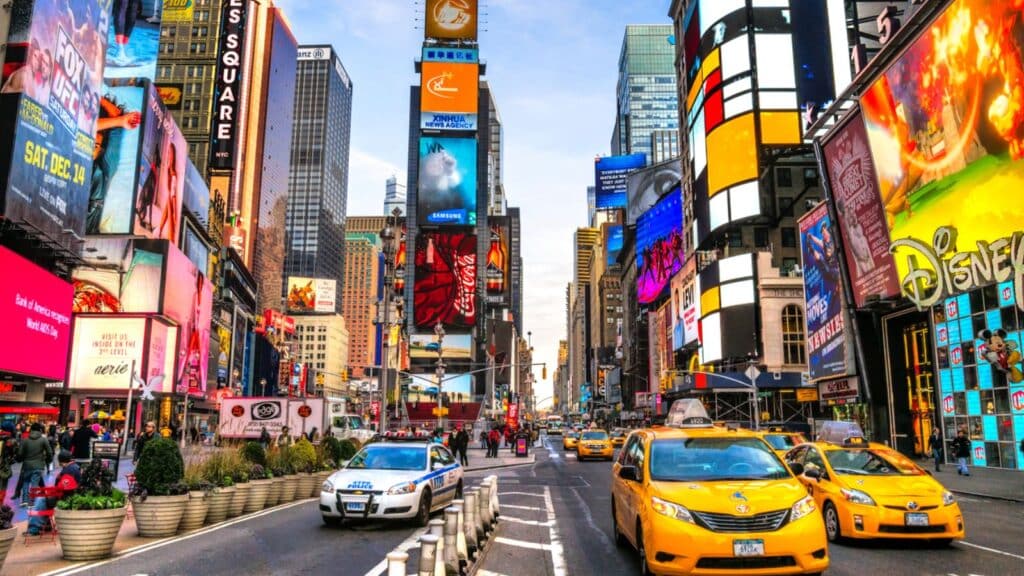
In New York, 5.1% of people are LGBTQ+, which isn’t surprising because the state was the birthplace of the modern LGBTQ+ rights movement. Every year, New York City lights up with its Pride March, which is one of the biggest in the world. It’s time for support, yes, but it’s also a way to celebrate each color of the rainbow with pride and joy.
Maine
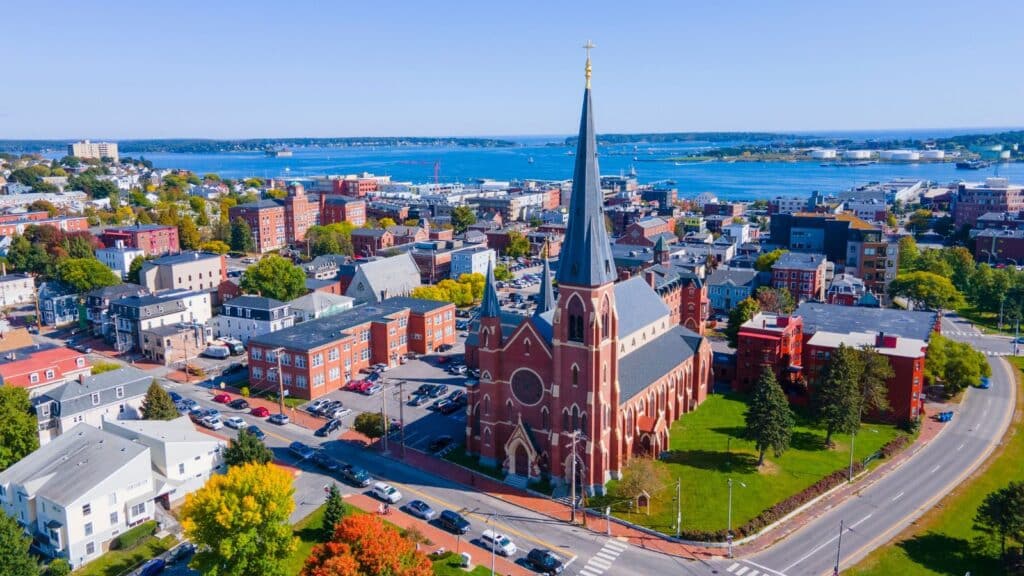
Up in Maine, it’s not just beautiful coastlines, as 4.9% of the population identifies as LGBTQ+. The state has several protections for LGBTQ+ people, including banning conversion therapy and discrimination over sexual orientation and gender identity. It also banned the “gay and trans panic” defense.
New Hampshire
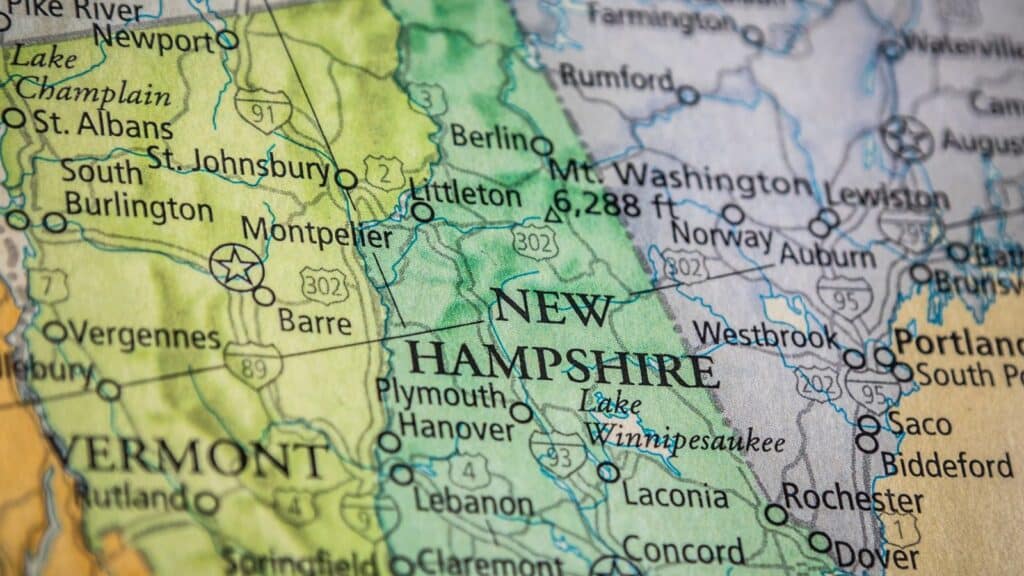
Yes, New Hampshire might be quiet, but 4.7% of its population is LGBTQ+, and they’re making their voices heard. Like other states, the state protects this population by making discrimination in housing or employment, among other things, illegal. Most polls show that people in the state are supportive of same-sex marriage, too, at 82%.
Florida
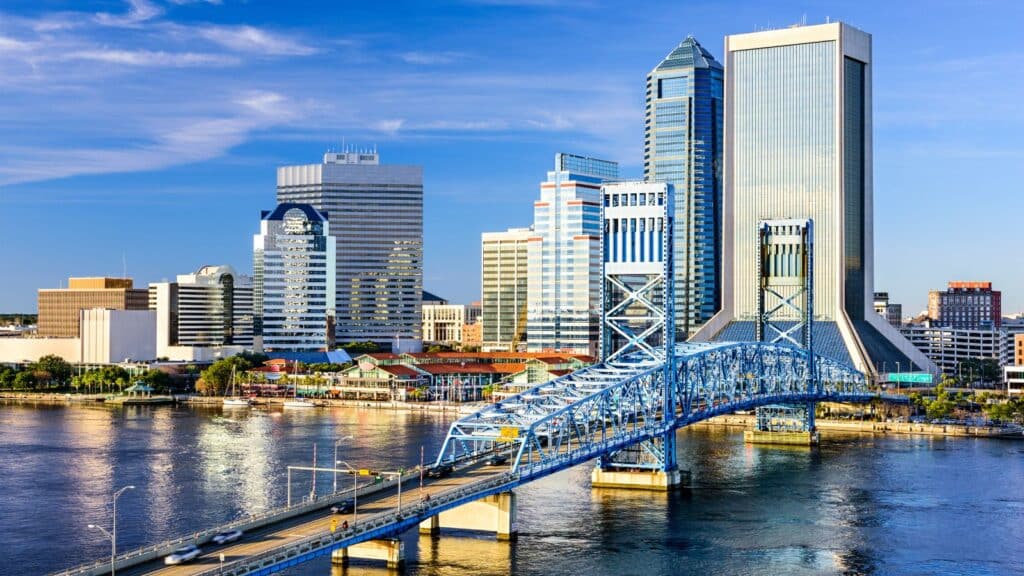
Florida’s got the sun and a whole lot of LGBTQ+ people, with 4.6% of the population, making it one of the top spots in the country. It’s not hard to see why, as places like Miami and Orlando have become popular LGBTQ+ holiday destinations. Each year, the state also hosts Miami Beach Pride, which draws a huge crowd.
Colorado
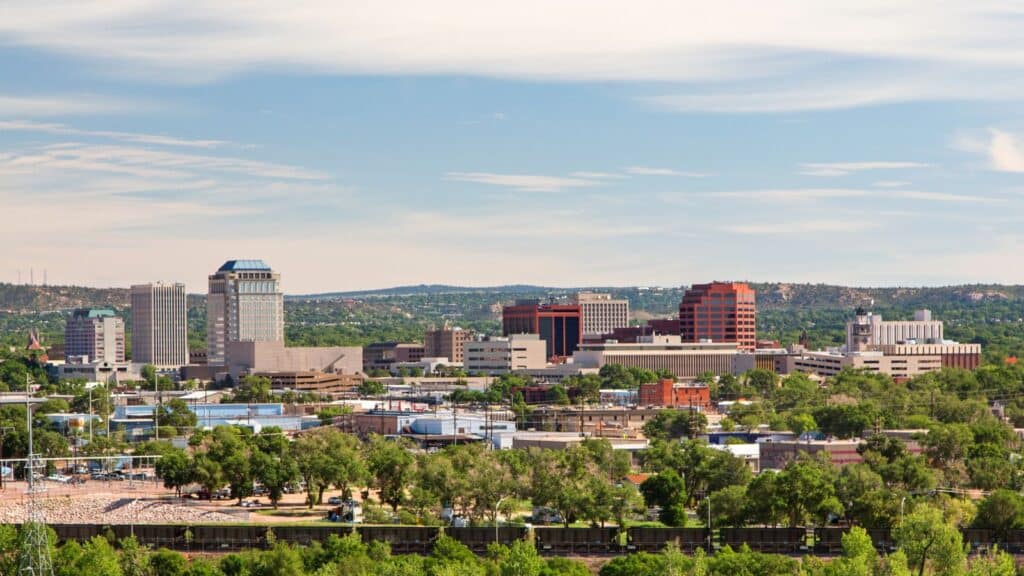
Like Florida, Colorado has an LGBTQ+ population of around 4.6%. Between the mountains and open hearts, it’s a great place to be yourself, especially since Denver’s PrideFest is one of the biggest in the country. Most people here are LGBT+ friendly, with polls showing that 71% of people support same-sex marriage.
Hawaii
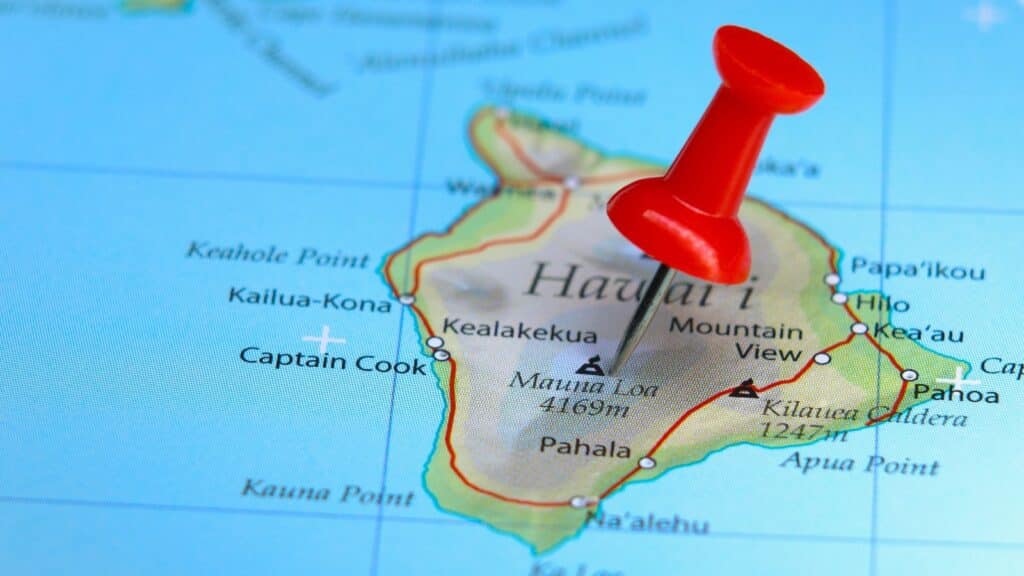
Hawaii is a place for island spirit, with 4.6% of people identifying as LGBTQ+. It doesn’t matter if it’s Honolulu’s huge Pride parade or one of the quieter islands, as lots of communities celebrate everyone. The state is known for being laid-back, and its supportive LGTBQ+ laws are just a part of this.
Arizona
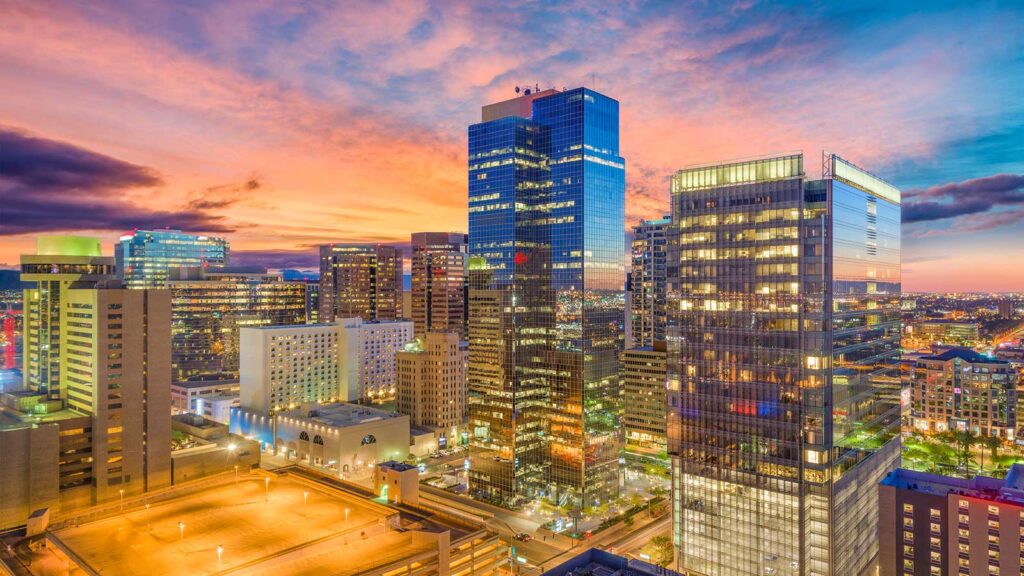
Arizona is changing quickly, with a 4.5% LGBTQ+ population. Cities like Phoenix and Tucson are at the front of these movements, and they have some of the biggest annual Pride events in the state. Unfortunately, the state only has a few protections for LGBTQ+ people, although it seems like things are beginning to change.
Delaware
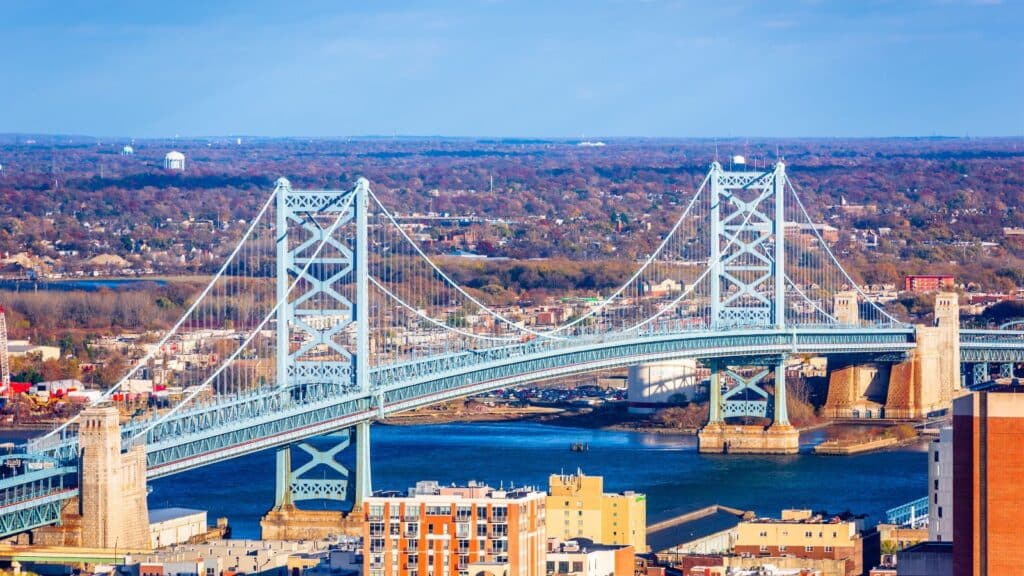
Size doesn’t matter, and Delaware is clear proof of that, with 4.5% of residents identifying as LGBTQ+. Most people here support same-sex marriage, and the state also banned conversion therapy for minors. But unlike some other states, Delaware also protects LGBTQ+ people from healthcare discrimination.
Georgia
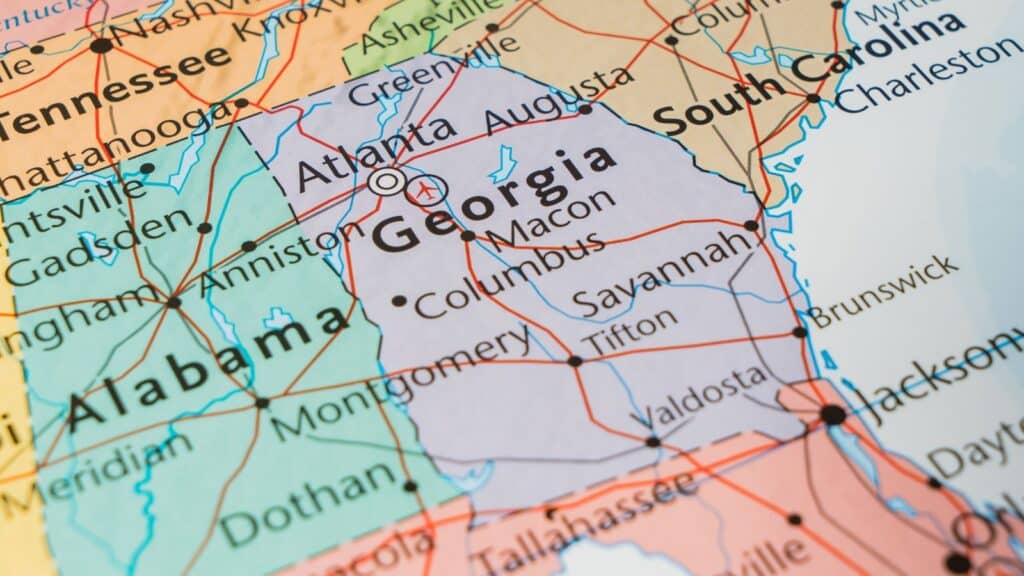
With 4.5% of the population being LGBTQ+, Georgia is leading the way for progressive policies in the South. Each year, Atlanta hosts an impressive Pride celebration that’s a big draw in the area. The state has also improved its LGBTQ+ protection laws to recognize the rights of this community.
Indiana
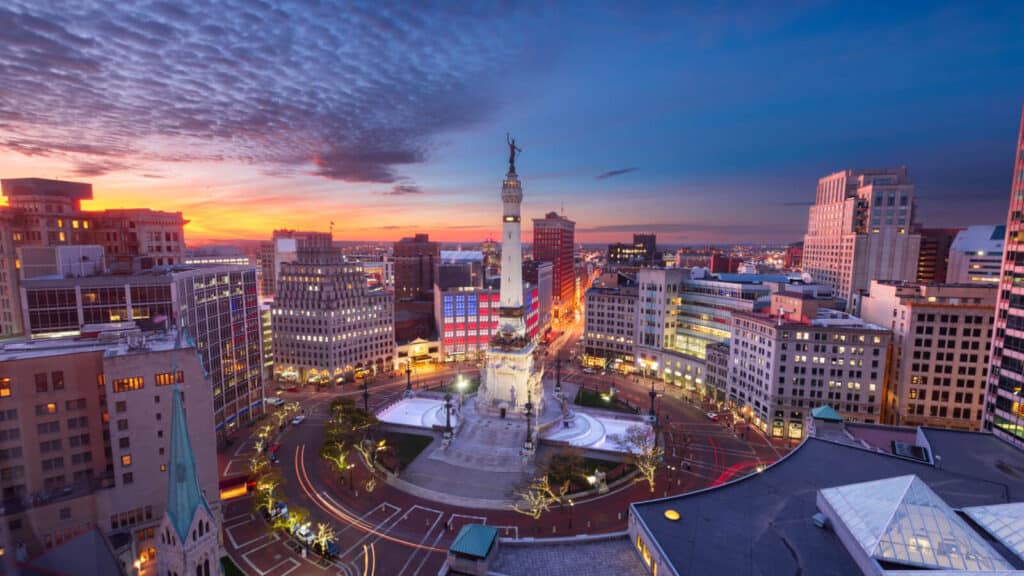
In Indiana, 4.5% of the population identifies as LGBTQ+, and this sense of diversity is pretty clear during the state’s annual Pride festival in Indianapolis. But beyond these celebrations, Indiana does have some work to do. Sexual orientation is a protected identity, but only in employment, as LGBTQ+ discrimination when providing goods or services is still allowed.
New Mexico
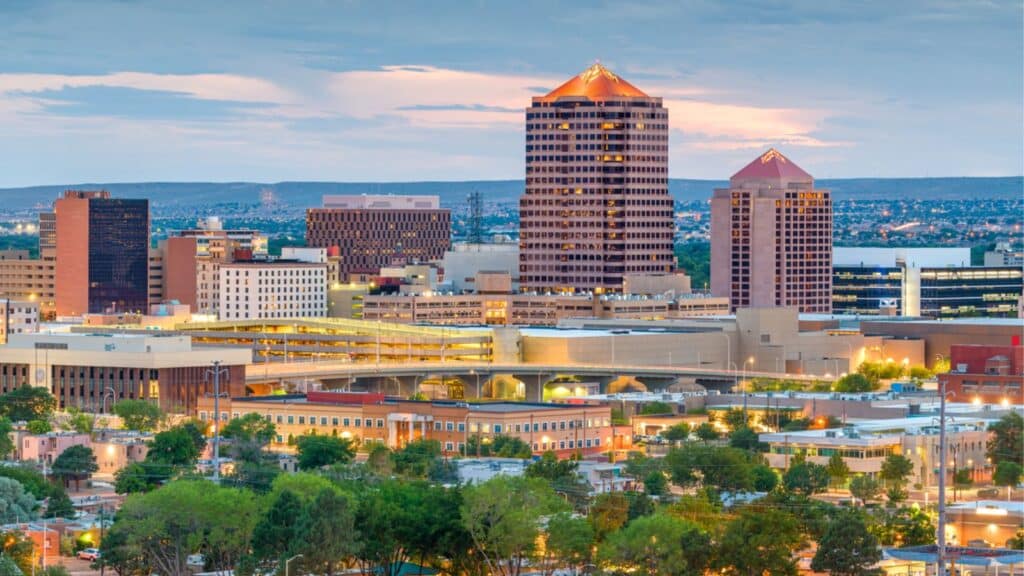
New Mexico is home to roughly 4.5% of LGBTQ+ people, and the state celebrates each year with Albuquerque Pride. Unlike many other states, LGBTQ+ history and awareness are part of the educational curriculum here. It also has several anti-discrimination laws to protect this community from discrimination in various areas like employment and housing.
Rhode Island
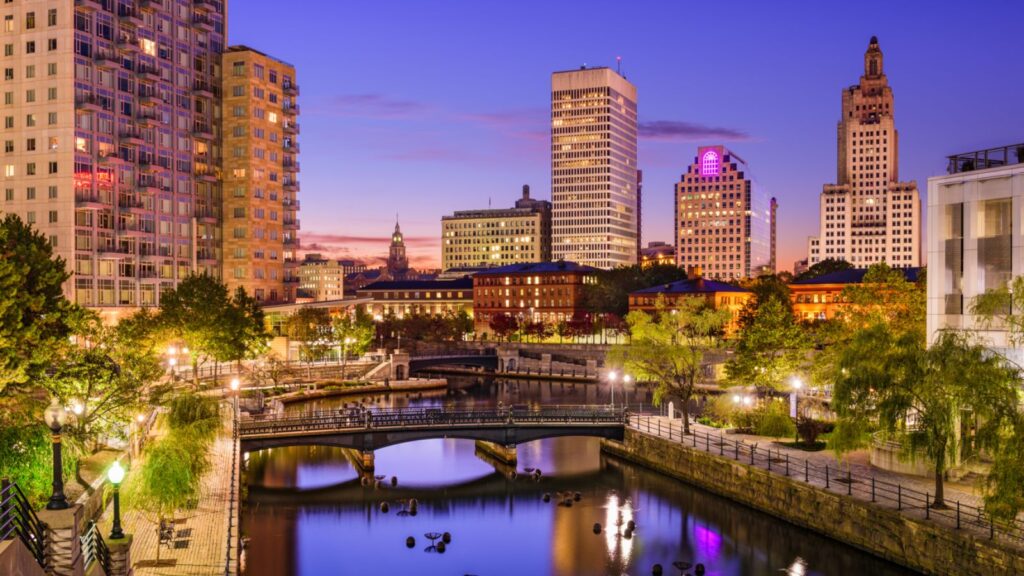
It’s a little crazy how many small states have such a big LGBTQ+ population, and Rhode Island is no different, with 4.5% of the population. It was one of the first to legalize same-sex marriage and has some pretty detailed anti-discrimination laws. There are also programs to support LGBTQ+ youth and develop the community.
Illinois
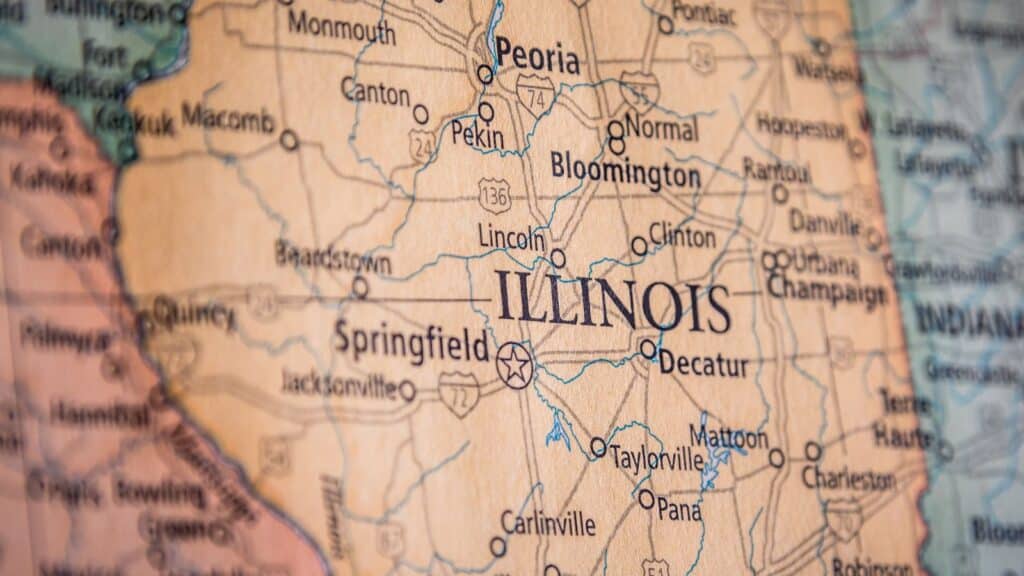
In Illinois, Chicago is at the heart of the state’s LGBTQ+ Pride festivals, and the state has an LGTBQ+ population of roughly 4.3%. This makes sense since Boystown was one of the first officially recognized gay neighborhoods in America. Today, it hosts the Chicago Pride Parade every year.
Ohio
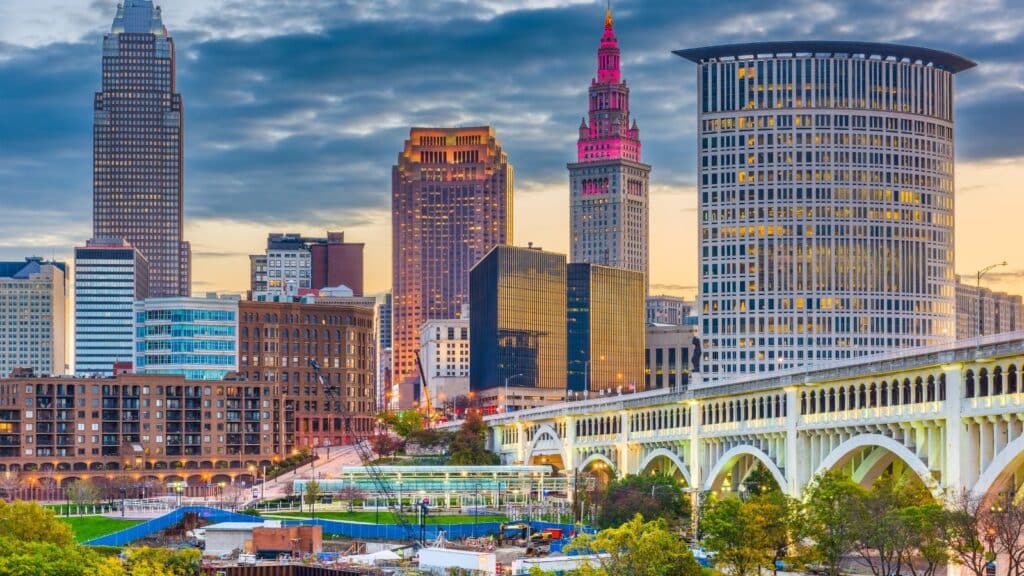
Like Illinois, Ohio has around 4.3% of an LGBTQ+ population, and the state has begun protecting the LGBTQ+ population, although there’s still room to grow. For example, in Columbus and Clevland, conversion therapy on minors is banned, although there’s no state law about this. Similarly, anti-discrimination laws for LGBTQ+ are different from county to county.
Maryland
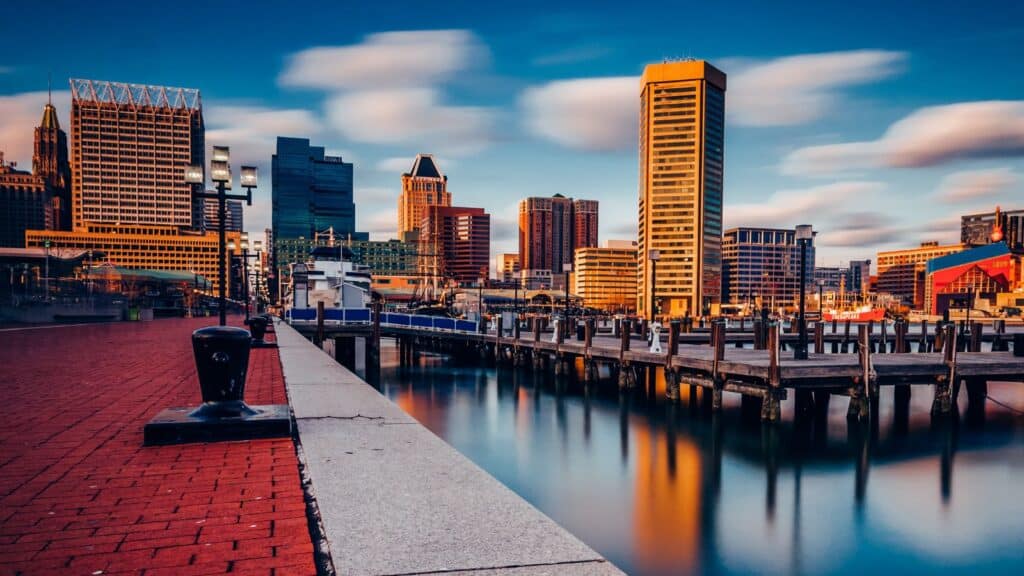
In Maryland, roughly 4.2% identify as LGBTQ+ and the state has created several laws to protect this community. In 2012, the state voted for same-sex marriage equality, while the 2014 Fairness for All Marylanders Act made anti-LGBTQ+ discrimination illegal. They’ve also been protecting gender-affirming healthcare for trans people.
Minnesota
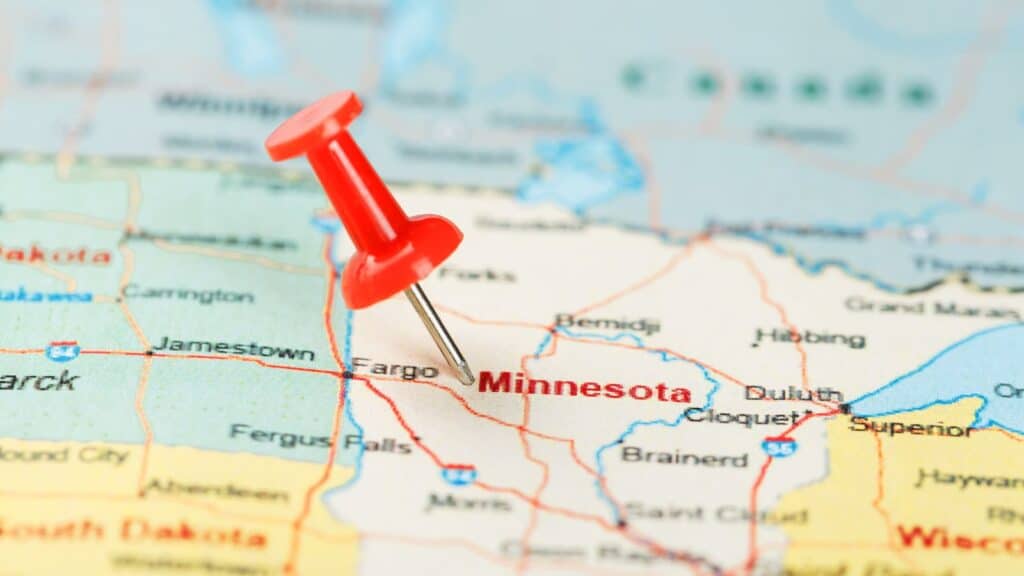
Minnesota has an LGBTQ+ population of around 4.1% who have been supported by the state’s more inclusive laws. It has anti-discrimination laws, so LGBTQ+ people get equal treatment in healthcare and other areas. Like New Mexico, LGBTQ+ history is also part of the school curriculum.
New Jersey
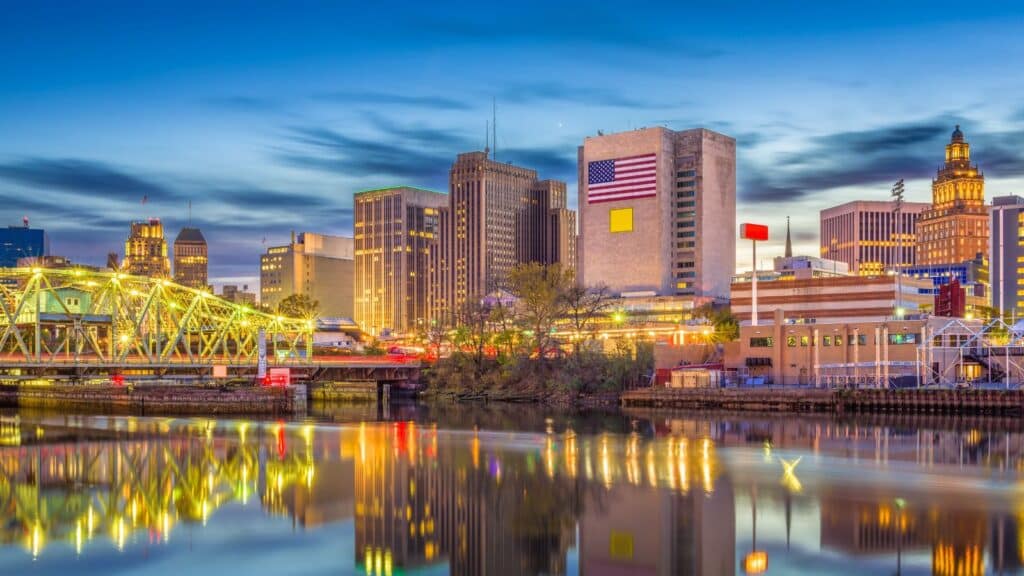
New Jersey has been one of the leaders in protecting the rights of transgender people, which makes sense since it has an LGBTQ+ population of around 4.1%. The state makes it a lot easier for these people to change their gender identity and get the healthcare they need. It’s also got some strong anti-discrimination laws.
Pennsylvania
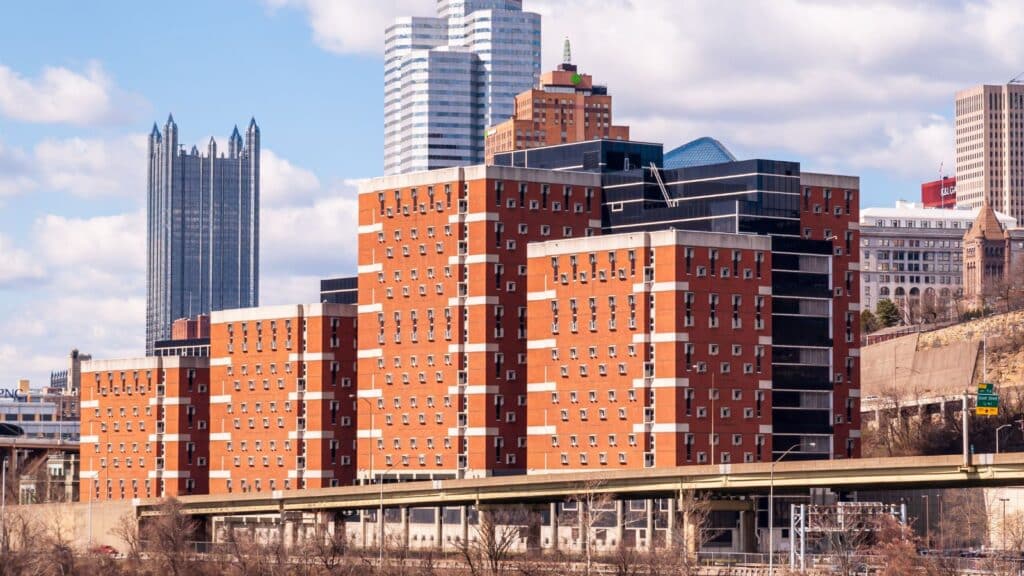
Pennsylvania’s LGBTQ+ population is also around 4.1%. The Keystone State’s Pride and LGBTQ+ districts are big highlights here, although people care a lot about people’s rights, too. In places like Pittsburgh and Harrisburg, you’ll find some big LGBTQ+ communities and allies that make Pennsylvania stand out.
19 Grim Realities of Dating After 50 That Are Often Overlooked

19 Grim Realities of Dating After 50 That Are Often Overlooked
26 Things That Will Be Extinct Because Millennials Refuse to Buy Them

26 Things That Will Be Extinct Because Millennials Refuse to Buy Them
24 Outdated Slang Terms You Absolutely Shouldn’t Be Using Anymore
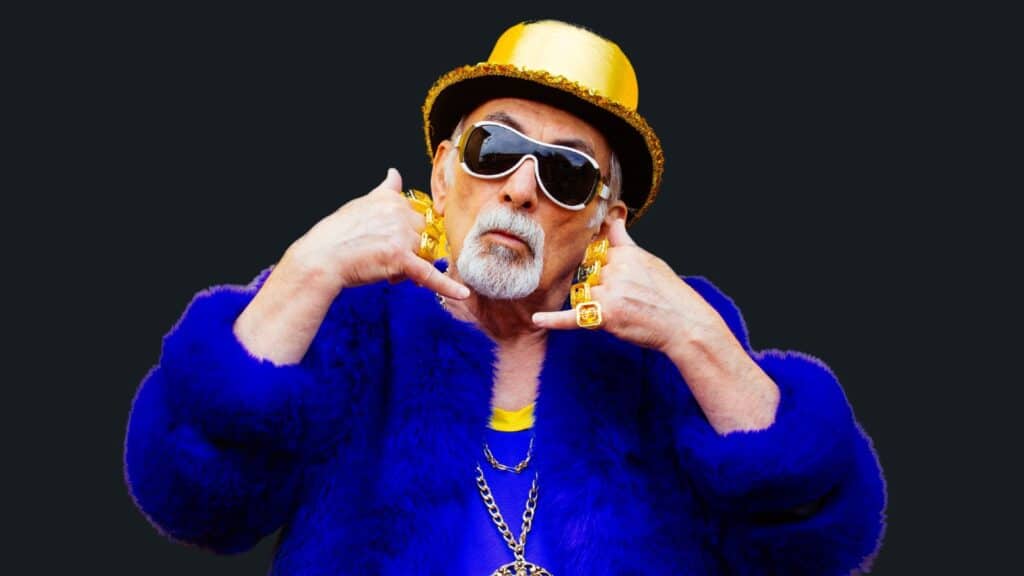
24 Outdated Slang Terms You Absolutely Shouldn’t Be Using Anymore
25 Hardest Parts About Getting Older That No One Ever Talks About
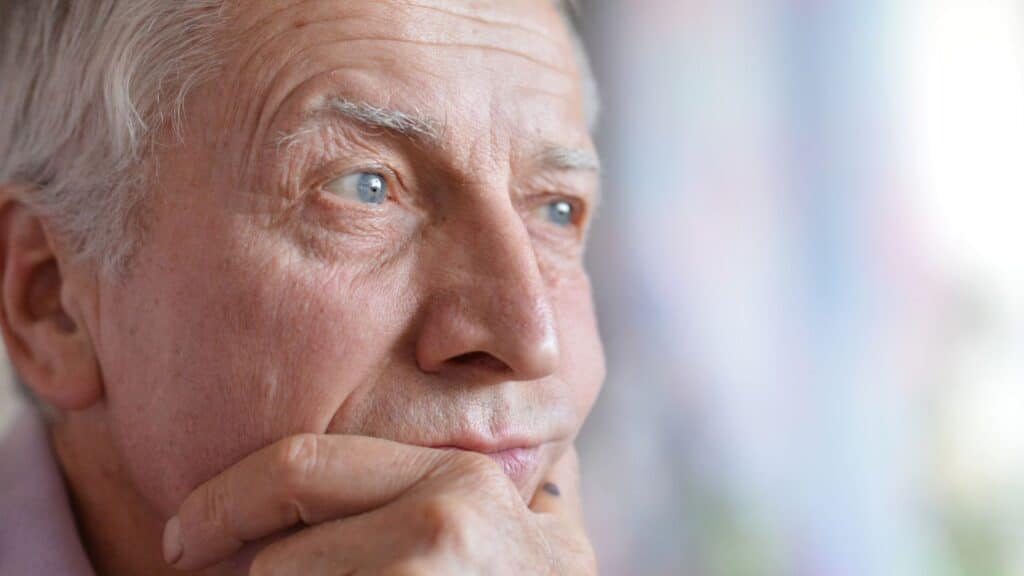
25 Hardest Parts About Getting Older That No One Ever Talks About

